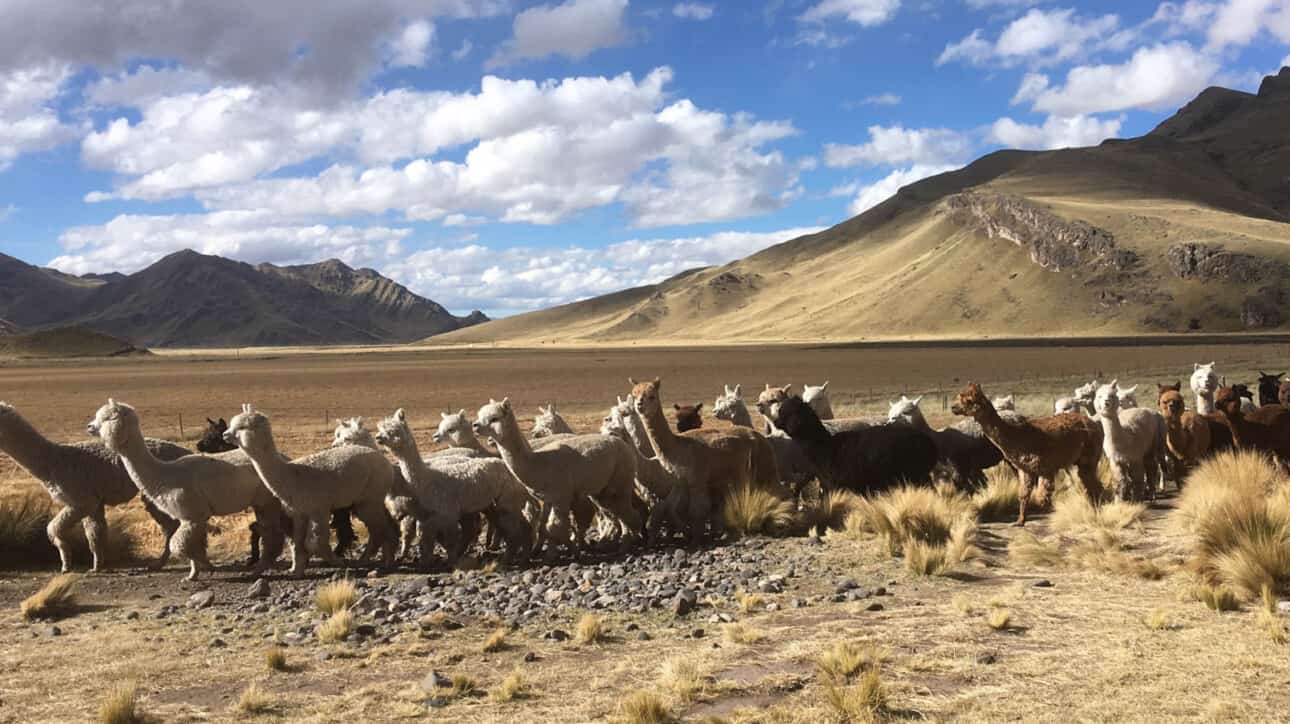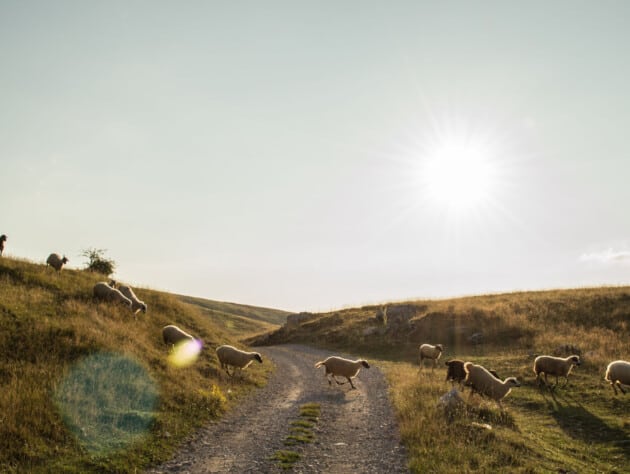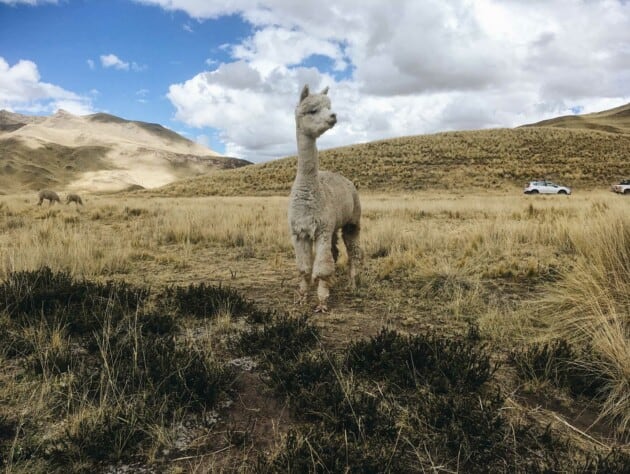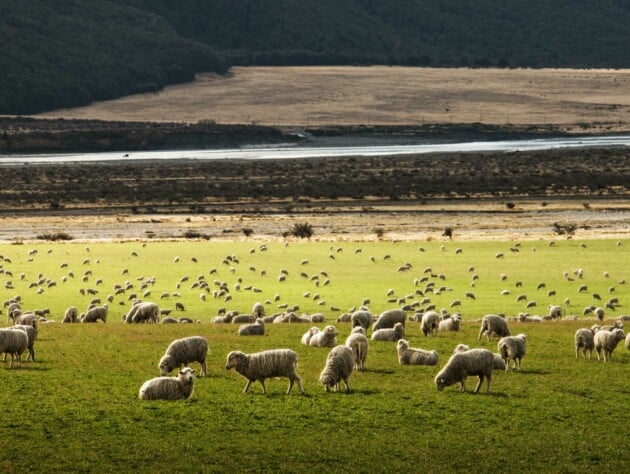Other animal fibers used in the fashion and textile industry include mohair, cashmere, and alpaca.

About
Though sheep wool is the most common animal fiber, there is a range of others used in the fashion and textile industry, among them mohair, cashmere, and alpaca. These fibers are fine, soft, breathable, elastic, and resistant to wrinkling and stretching. Mohair comes from angora goats and is mostly produced in South Africa. Cashmere is derived from cashmere goats, mostly in China and Mongolia. Alpacas are native to Peru, but there are a small number in other countries.
Challenges
Animal welfare and environmental impact are key challenges in animal fiber production.
Challenges to animal welfare can come from mismanagement and mishandling, for example when animals are combed or sheared to remove their fiber. Another welfare risk comes from animal husbandry procedures that are routinely carried out as part of livestock management. In terms of environmental impact, many animals used for their fibers produce the greenhouse gas methane as part of their digestive process. Fiber-producing animals are also generally managed in pasture-based systems, where overgrazing can be an issue.

Solutions
We’re aiming to improve the health of animals and the land.
We’re supporting the fashion and textiles industry in switching to preferred materials that have better environmental and social outcomes than their conventional alternatives. We’re pressing the industry to raise its standards in respect of animal welfare, while preserving the health of the land. This means contributing to measurable beneficial impacts too.

TAKE ACTION
Prioritize certification and collective action
Protect animal welfare with certification
Companies should commit to sourcing certified animal fibers. Look for standards that are based on the Five Domains, a newer foundation for animal welfare requirements that goes beyond the more commonly recognized Five Freedoms and provides a framework for positive animal welfare outcomes.

Consider environmental impact holistically
To reduce environmental impact, companies should look for standards that go beyond land management and include maintaining animal productivity, considering soil health and wider biodiversity.

Get involved in industry initiatives
Companies can work collectively by engaging with initiatives that help stakeholders along the supply chain. Following and supporting the work of the Sustainable Cashmere Platform and the International Alpaca Association is a positive place to start.

Get Involved
Take the next steps in your sourcing journey
RAS & RMS
Our industry standards for alpaca and mohair
We developed the Responsible Alpaca Standard (RAS) and Responsible Mohair Standard (RMS) to address the welfare of animals well as good land and biodiversity management. The standards ensure transparency and traceability along the supply chain and require certification at every stage.

MATERIALS PRODUCTION DASHBOARD
Get the latest data
You can access our latest data on production volume for mohair, cashmere, and alpaca in our Materials Production Dashboard.

Find the answers to common questions about other animal fibers
If you have a question, get in touch with us directly, and we’ll be happy to answer it for you.